You have been counting all day how many kilometers you have run today, and whether you have made progress again. But at the end of the day you may find that the number of kilometers no longer matters, but instead the back pain is distressing. One study found that about 80% of adults experience back pain, and it's common among runners.
Our back, especially our lower back, is the center (core) of our body and its role includes providing a solid base for our limbs to work more efficiently. If our back is damaged during running, our extremities often fail to generate sufficient strength and range of motion, or must compensate by moving harder, which can lead to overuse injuries.
There are many causes of back pain, including muscle weakness, lack of mobility, postural disorders, and even disc dysfunction. This is why identifying and locating the causes and triggers of pain, not just the symptoms, is the key to long-term relief and prevention.

First, learn to assess your condition
A simple exercise exam, performed by a medical professional or rehabilitator (or physical therapist), can help identify areas of the body that may be causing tightness in the back. Based on this, they can develop corrective exercises to suit your particular situation.
However, in general, stretches like cat or child's pose can help the muscles slowly relax.
If your pain cannot be improved by simple soft tissue maintenance, such as foam shafts and massage, or heat therapy to help relax the soft tissues, then it is still important to see a doctor as soon as possible.
Here's why: Chronic pain that usually lasts more than three months can produce other changes to our body due to compensatory effects. This can lead to increased pain or pain in other parts of the body, which can compound the pain. The longer the problem is present, the longer it takes to fix it, and the more likely you are to hurt other parts of your body.
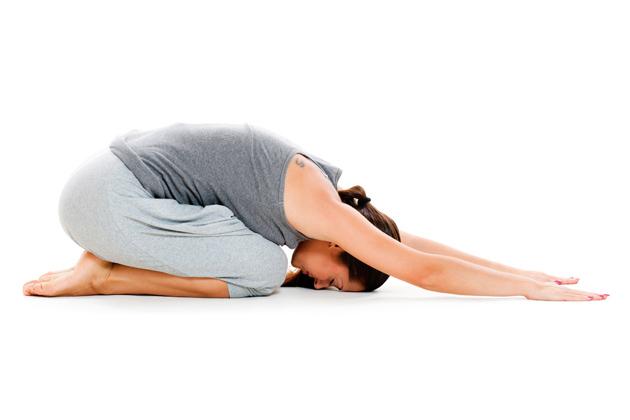
Today we'll briefly go over five common reasons you can get back pain from running, and what you can do about it.
1. Your movements are not standard
Whether you're walking or shopping, a tight body (like a hunched back) can wreak havoc on your running. It's important to learn to relax and breathe.
Keeping your shoulders relaxed and your rib cage hanging down toward your abdomen can help keep your spine in a more neutral position. When a back injury occurs, our natural reaction is usually to stay stiff and protect the back. Releasing tension helps with normal movement and rotation, while being aware of pulling your shoulders down and back.
Pay attention to the position of your head, placing your head and neck directly above your shoulders. For every 2.5 centimeters your head (equal to 10% of your body weight) moves forward, you are subjecting your posterior lateral chain to an additional 4.5 kilograms of force. This additional pressure increases the stress on your lower back.
Your foot habits also have an effect. Walking or running on the outside of your foot can limit the amount of energy generated by using your entire foot evenly. This can cause your gluteus maximus to fatigue quickly.
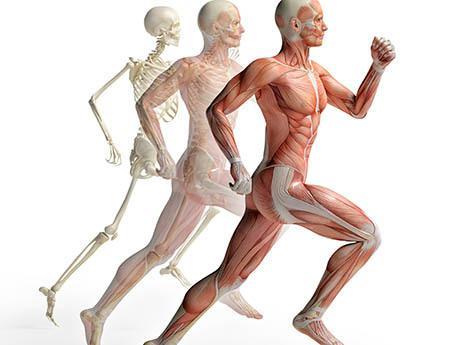
2. you over-train
As with most running-related problems, sudden changes in your training regimen, such as distance, intensity or speed, are often the culprit. This is because these changes place greater demands on the body.
Our bodies need proper training to run longer distances or faster speeds, and this needs to be done gradually so that it can withstand the higher intensity.
In other words, doing too much too fast won't give your bones, muscles and tendons time to adapt, and that includes your core ability to keep your torso upright. It is recommended that you do not increase the number of kilometers per week by more than 10%.
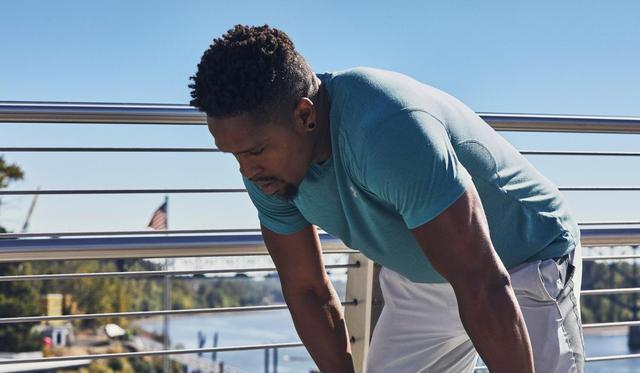
3. Your gluteus maximus needs work
Your strength problems or lack of strength can also be the culprit, especially when it comes to the three muscles of the buttocks gluteus maximus, gluteus medius and gluteus minimus. This is the source of strength for runners.
But when the muscles are weak, they can cause other muscles, such as the back muscles, to become overactive or tight to provide stability in the trunk, core and pelvis. Suggestions for strengthening the glutes are deep squats and hard pulling exercises.

4. Your core is not strong enough
The gluteus maximus is not the only muscle that needs attention. One study showed that runners with weak deep core muscles are at higher risk of lower back pain because it forces deeper muscles like the abdominals to work harder, which increases the load on the spine.
To avoid this, don't do exercises like sit-ups and Russian twists, which do little to enhance physical stability. Instead, choose exercises like plank supports or houndstooth, which involve isometric contractions of the core muscles and focus on the development of neuromuscular control and stability.
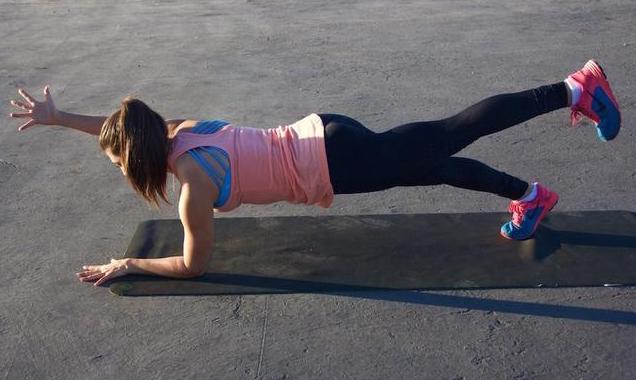
5. you sit too long
We all know that being sedentary can damage your health. One study found that replacing 30 minutes of sitting with any exercise reduced the risk of death by 17 percent!
But sitting can also "cause your hip flexors to tighten, which then leads to pelvic misalignment, which causes the pelvis to tilt forward, which affects the abdominals and gluteus maximus, which causes tension in the lower back.
Not only is a lot of pain unavoidable, but it can really disrupt your running form when the hip flexors lose their mobility. Relax your muscles on your yoga mat, pigeon pose or horse pose (yoga squats). Your back will thank you for it!

Popular Articles
-
Fitness Equipment | How to choose a suitable for their own yoga mat?

-

Photos
The world's most beautiful big cities at nightJul 01, 2025
-
 These pieces of home goodies, home essential artifacts, has been using a straight cool, home happiness burst
These pieces of home goodies, home essential artifacts, has been using a straight cool, home happiness burstJul 01, 2025
-
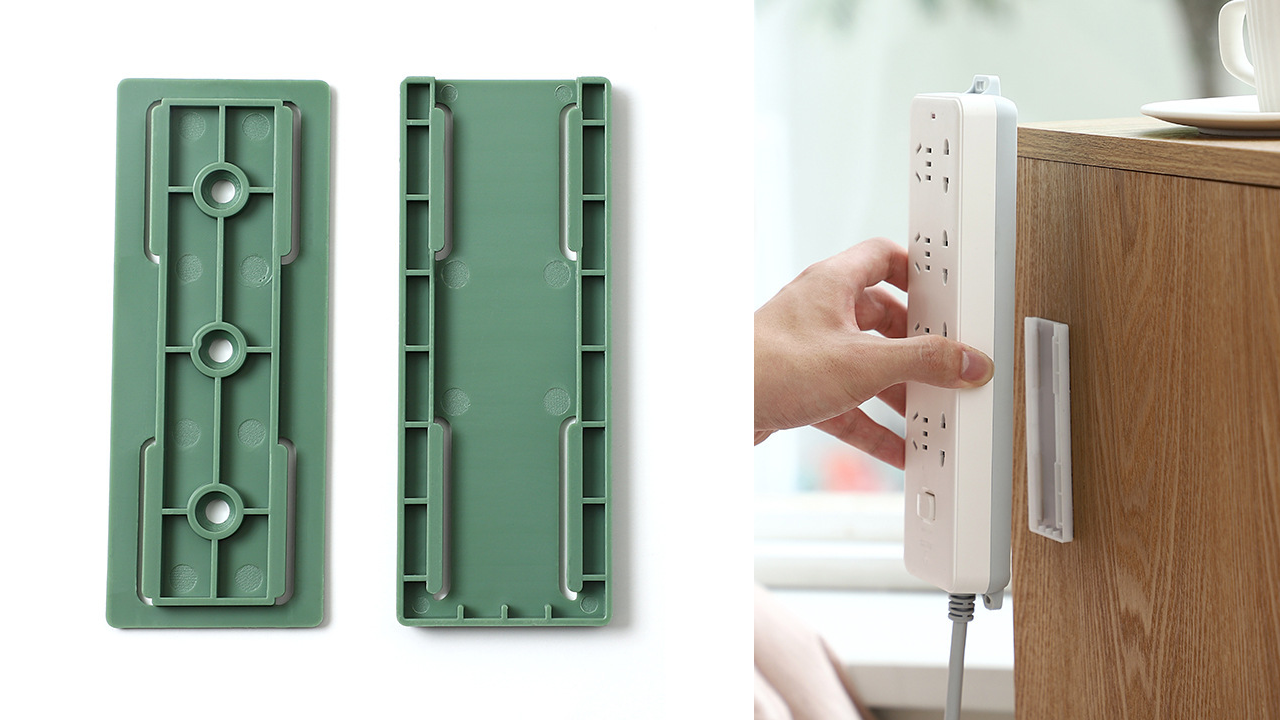
Photos
Keep your power sockets and air conditioner remote control well storedJul 01, 2025
-
 The world's most dinosaur-like lizards: Armadillo ring-tailed lizards
The world's most dinosaur-like lizards: Armadillo ring-tailed lizardsJul 01, 2025
-
 These are the top 4 causes of sunken nails to watch out for!
These are the top 4 causes of sunken nails to watch out for!Jul 01, 2025







Comments
0